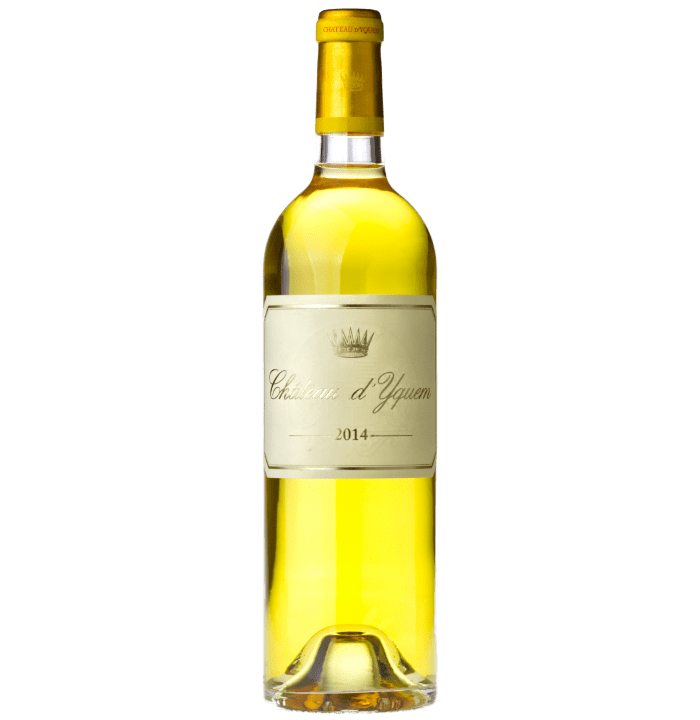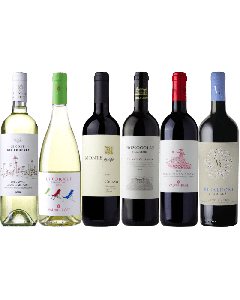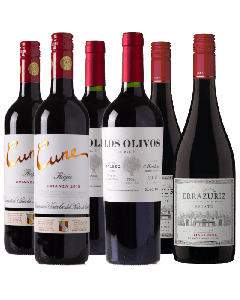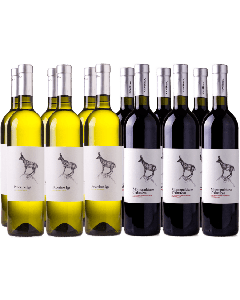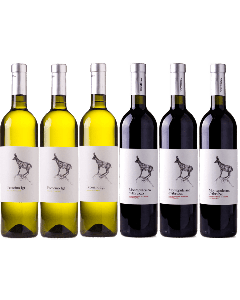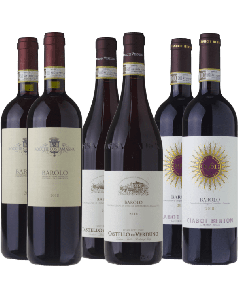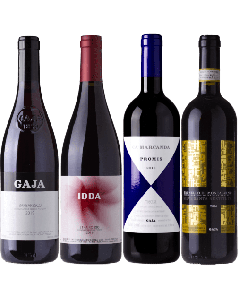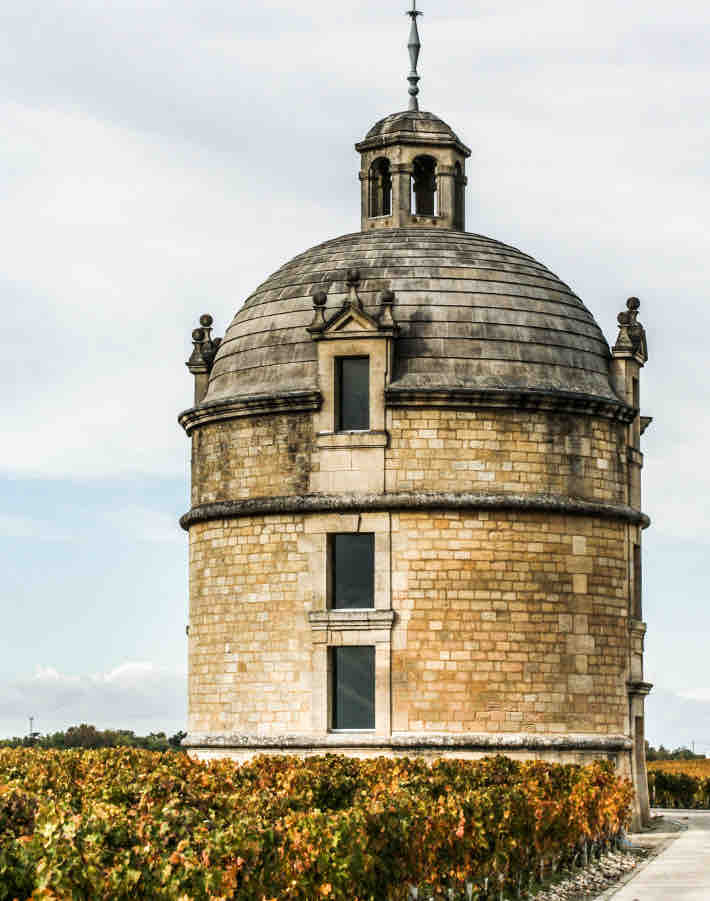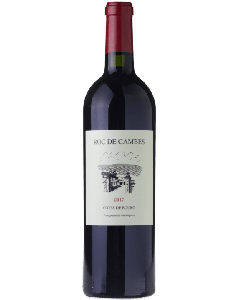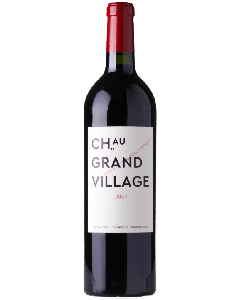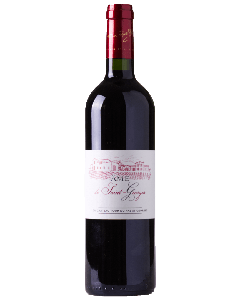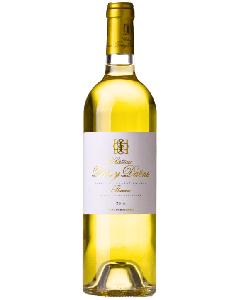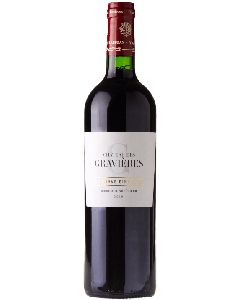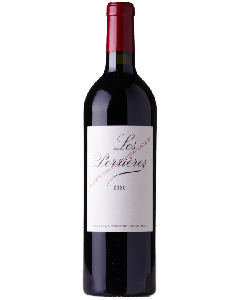We use cookies to make your experience better. To comply with the new e-Privacy directive, we need to ask for your consent to set the cookies. Learn more.
Chateau d'Yquem 2014 Sauternes 1er Grand Cru Classe
Vintage notes direct from Chateau d'Yquem
2014 was a year with marked seasonal variations: a mild spring, cold summer, and very hot autumn.
The average temperature was nearly constant from June to October. It rained less starting in late August, and summer weather finally arrived in September and October, which featured the 4th highest average temperatures since 1896. Three weather sequences ideal for noble rot repeated themselves during the harvest: light rain to induce Botrytis followed by two or three weeks of hot, dry weather.
Twenty-two mm of precipitation from the 25th to the 28th of August was followed by 19 days without rain. This led to a very early first pass in the vineyard, from the 5th to the 17th of September, bringing in one-quarter of the total crop, with unusually high acidity.
Another period of rainfall triggered further development of noble rot, followed by three weeks of hot, dry weather.
A second pass from the 25th of September to the 8th of October also represented a quarter of the crop, with superb concentration and equally lively acidity.
The 3rd period of rain, from the 8th to the 16th of October, was once again followed by 16 days of hot, dry weather. The 3rd and 4th passes, between the 20th* and 30th of October, rounded out the aromatic palette and texture of the vintage thanks to the body and richness conferred by late-ripening terroirs.
Nine weeks of harvesting captured all the diversity of a year when flowering and véraison were very spread out. The early harvest at Yquem this year, with 25% of the crop picked before the 15th of September, provided precious acidity of rare finesse.
This gave a decisive advantage to a blend which reflects the full complexity of the vintage, combining a modern winemaking approach with freshness and concentration, in the same vein as 2011.


